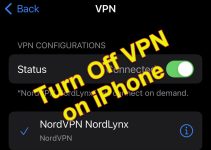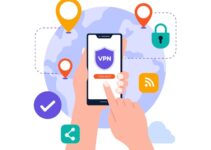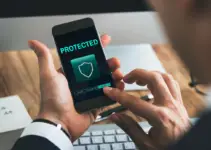Have you ever experienced that sinking feeling of realizing your social media has been hacked?
You’re not alone in this: cybercrimes that start on social media platforms have around $3.25 Billion in annual global revenue.
The sensation is similar to what you might feel when someone invades your personal space, and as you start to realize the possible consequences, it can even seem daunting to face it.
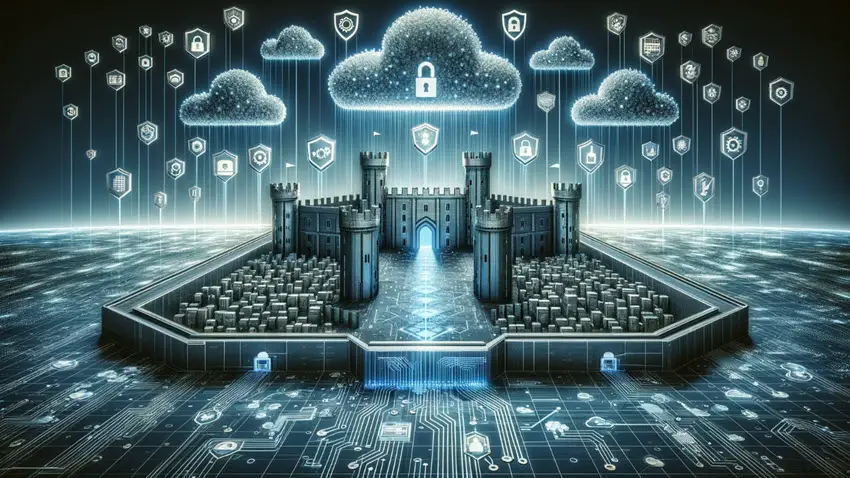
Let’s talk about what you need to do when you need to get your social media account back, especially if you want to control the information you put out in the digital world.
Get yourself a warm drink, get comfortable, and develop a new emergency plan for when things go wrong.
6 Steps to Deal with Your Hacked Email
1) Monitor the Damage
The first step when dealing with a successful hacker is to get a clear view of what they managed to infiltrate. You can start by trying to gauge how much of your social media presence is compromised.
The hacker can be trying to trick your friends and followers into giving out personal information, so try to warn them about this problem from another platform or even through text or a call.
You should also identify abnormalities on your accounts, like your login history, recent account activity, etc. These can pinpoint the source of an issue or at least give you more information about the problem.
2) Change your passwords
This second step is crucial as well: you need to change all your passwords as soon as you realize your email or social media account is compromised. Unfortunately, 30% of people have had issues with hacking attempts due to weak passwords.
Remember to use a combination of upper and lowercase letters, including numbers and symbols, to make it difficult to crack.
Stuff like your dog’s name or your parents’ birthday won’t cut it: it can most likely be guessed through your social media posts— or your parents’.
You can even use a password manager if you would rather not remember different passwords for your accounts.
3) Enable Two-Factor Authentication
2FA, or MFA, is a great tool to consider when thinking about our online safety. It’s not difficult to incorporate, and according to research, it stops 99.9% of modern cyberattacks.
The technique is really simple: you need to manually approve a login attempt. For this, you can link the account to your phone directly and authorize the login attempt. If you don’t recognize where it’s coming from, you back discard it.
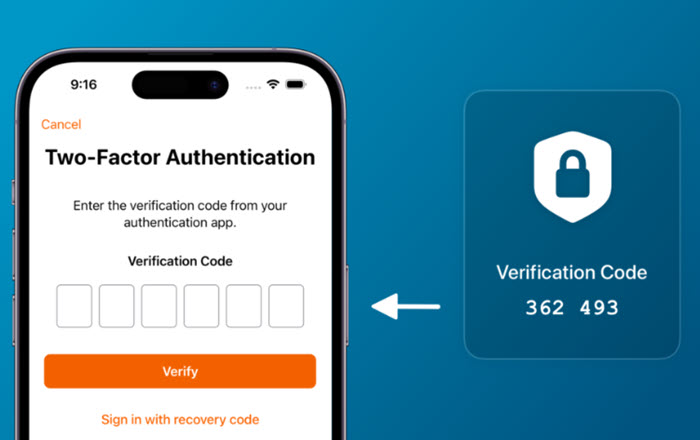
This software also admits other data to manage login attempts, like biometrics, facial recognition, and even hardware tokens that you carry around with you. Your choice depends on your needs and what you’re willing to do to protect your information.
4) Contact support as fast as possible
Hacker attacks are very common, and most platforms where you can make an account have a support team ready to help you. When you reach out, they can help you recover your accounts and get control back quickly. Before contacting them, ensure you have as much information on your problem as possible.
To reach out to them successfully, you must visit the official website of the platform you hacked on. They most likely have a section called “frequently asked questions,” and you might be able to reach out via messaging. Make sure to have the information you gathered at the ready, such as username, email, phone number, etc.
5) Scan the device with your antivirus
Hackers have easy access to your device if you’ve got malware on your device. Scan your phone or computer with the antivirus and remove detected threats and suspicious files. Update the antivirus regularly so the security patches are all working as they should.
If you want a different form of protection, you should get a Virtual Private Network, for example, Surfshark VPN. This software will help you hide all your online activity and information from hackers and other cybercriminals via encryption.
6) Watch your accounts carefully
If you’ve recovered your account successfully, make sure to monitor it over the following days. Hackers might try to attack a second time, and you must check if there’s been any suspicious activity, like weird login attempts. Check that the locations and devices used are familiar to you, and if you spot a potential threat, it might be a good idea to change your passwords once more.
It would also be a good idea to enable all the notifications for your account. You’ll get an alert if anything suspicious is happening, allowing you to act quickly and prevent more damage to your social media presence.
To sum up
Don’t worry; you’ll get your account back. Remember to stay alert and invest in your online security and peace of mind to prevent hackers from accessing your information again.
We hope that you’re able to take all the steps necessary to stop the hackers from harming you or your followers. If you ever find yourself in a similar situation, these steps will help you; think of them as an emergency protocol.
Stay safe while scrolling!


